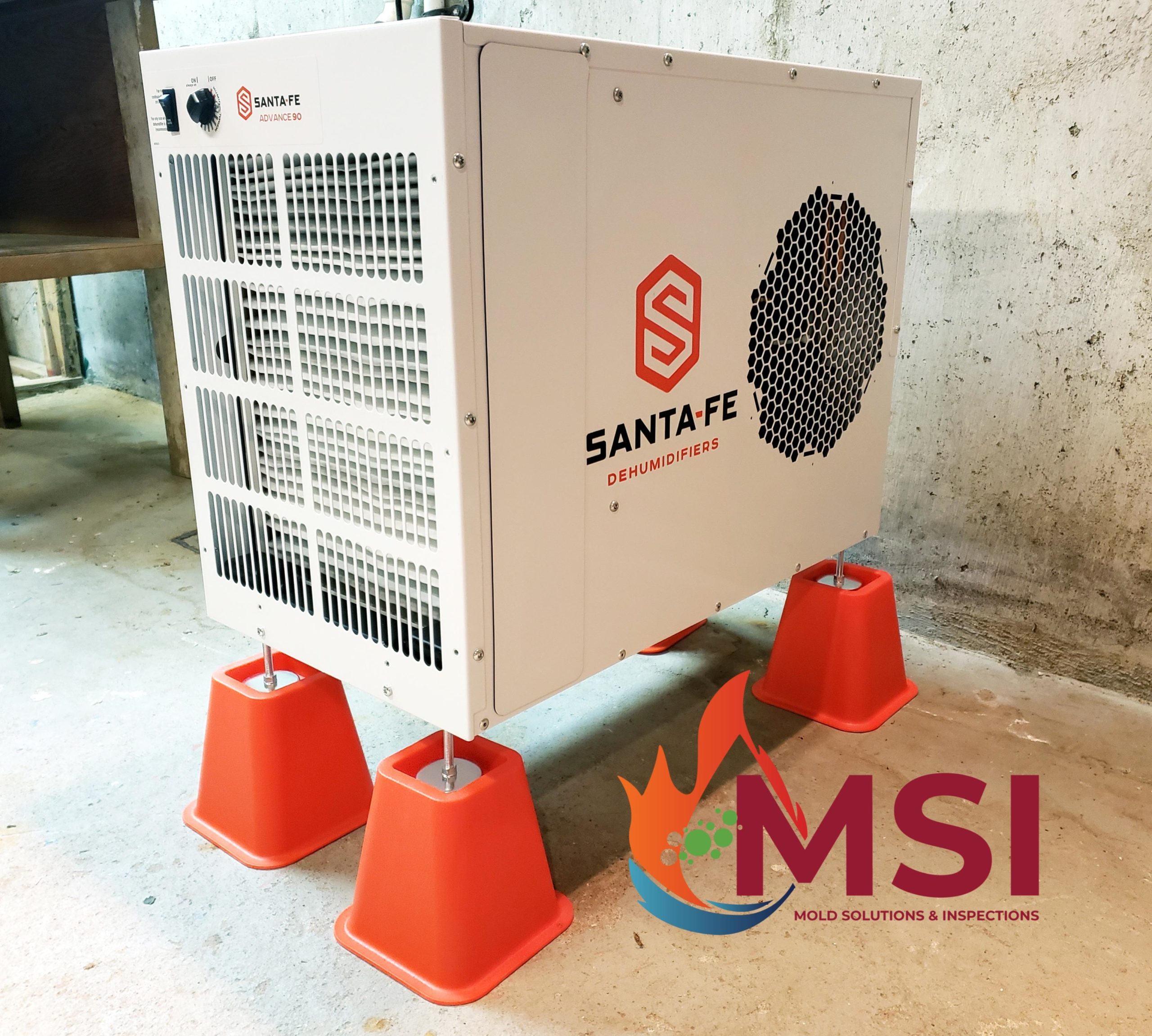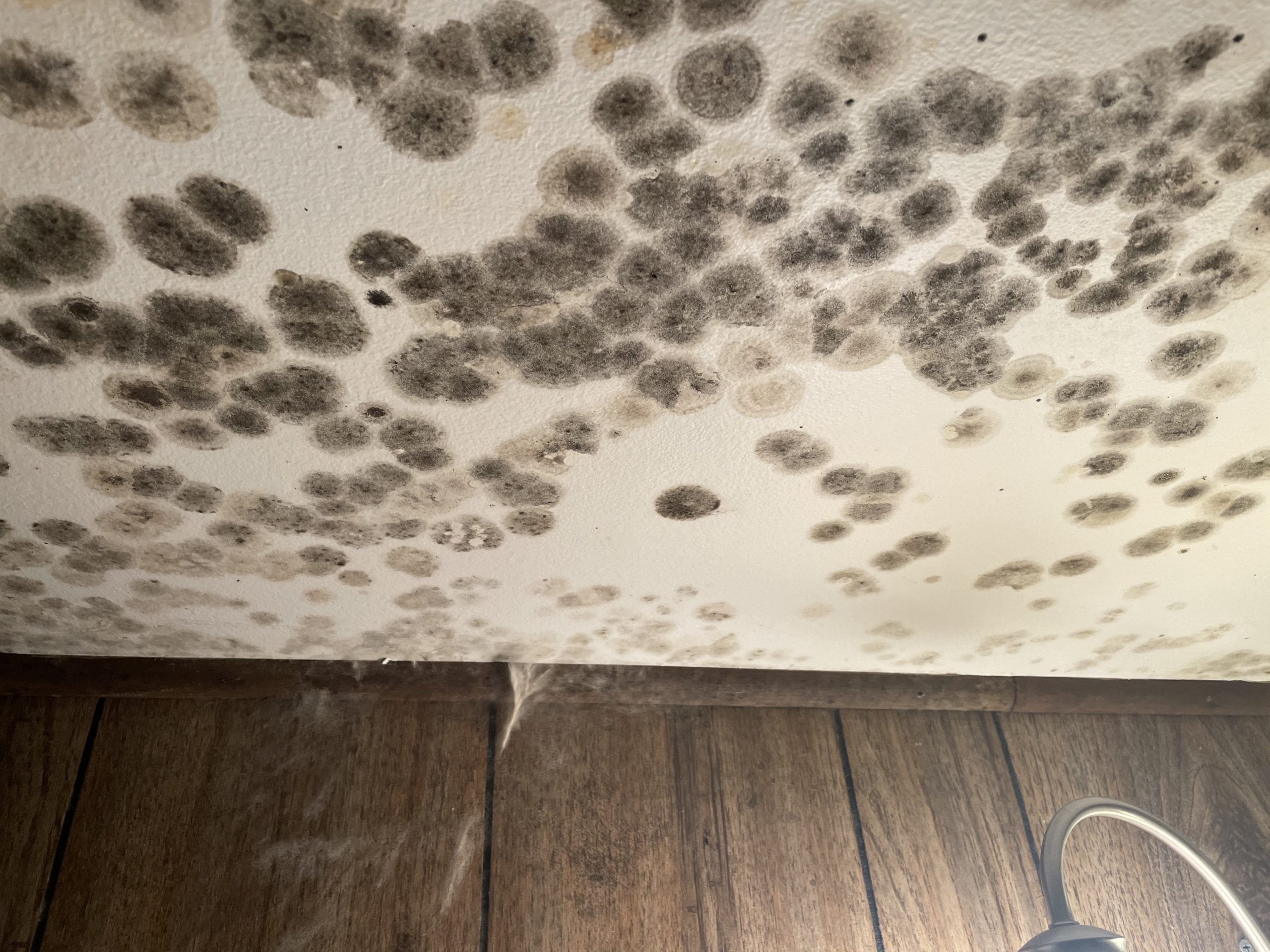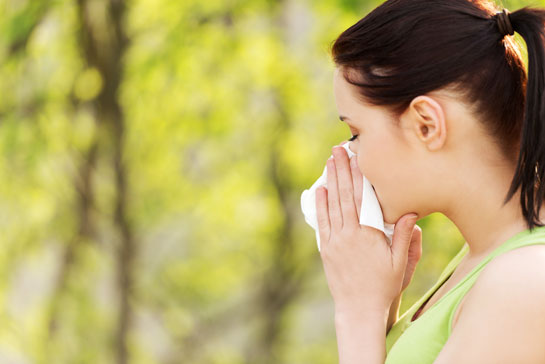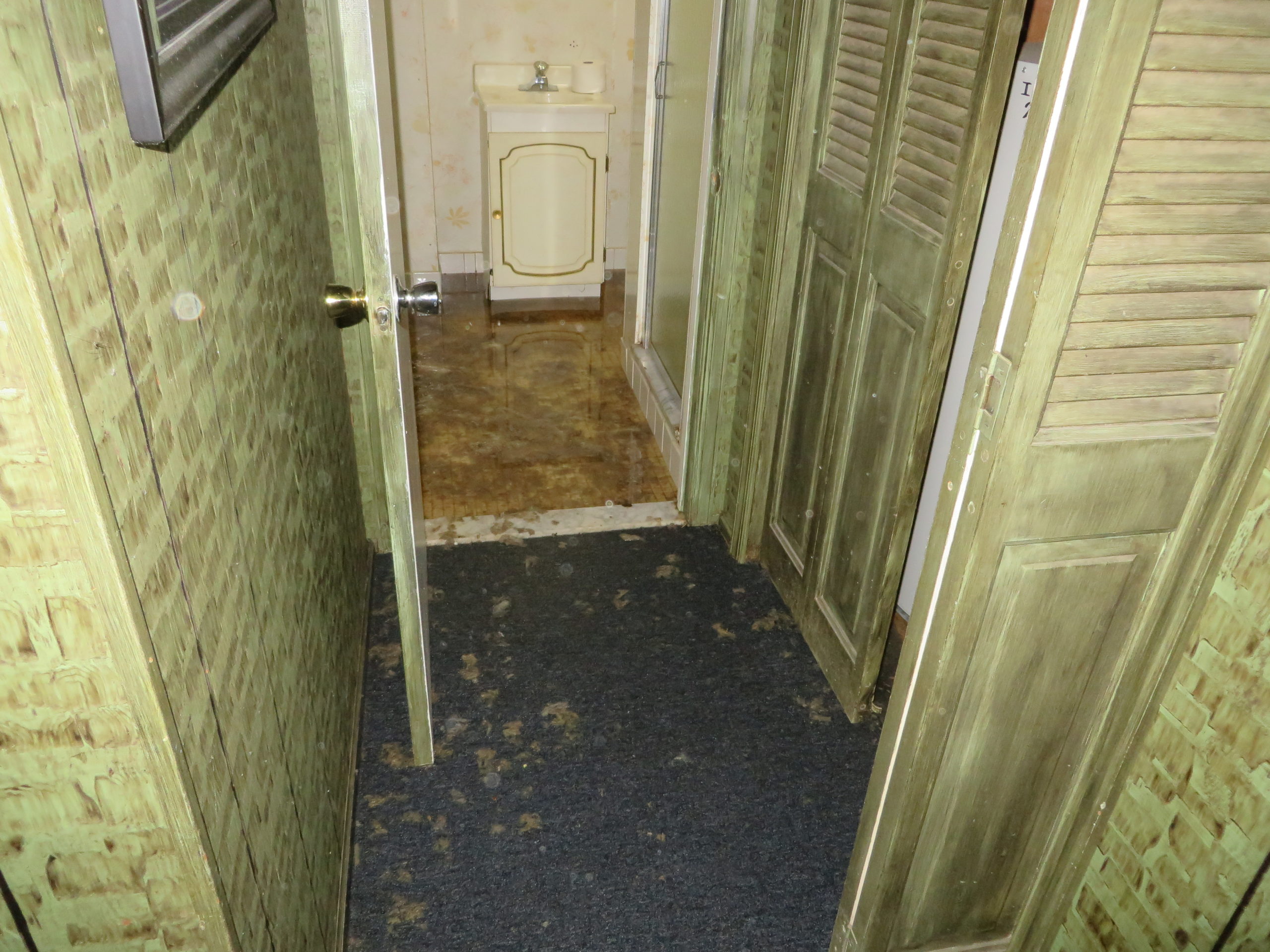Sick Building Syndrome (SBS) is a term commonly used for non-specific symptoms that are temporally related to occupancy of a particular building. When building-related symptoms are characteristic of a specific clinical entity, they are called Building Related Illness (BRI). These illnesses are varied, and include Legionnaires’ disease, building related hypersensitivity pneumonitis, building-related asthma, and others.
SBS symptoms include mucous membrane irritation (cough, scratchy throat, stuffy sinuses, and itchy eyes), headache, fatigue, difficulty concentrating, and other non-specific symptoms. The causes of SBS vary with the building and its occupants. SBS was once called “Tight Building Syndrome” and was considered to be a result of excess tightening of buildings in response to energy use concerns. However, many buildings with an excess of symptoms among the occupants are well ventilated. Still, increase in ventilation rates is often the “cure” for the problem.
Some people consider that SBS is caused not by the physical environment, but, rather, by psychosocial factors. Gender, lack of control, poor management, too much work, too little work, perceived housekeeping quality, and many other social factors have been blamed for the symptoms. In some cases, psychosocial factors may be the major cause of complaints. However, clearly, in some cases, environmental factors are at fault. For example, paper dust, and photocopier use have both been related to increases in complaints in a dose-dependent way. An excess of volatile organic compounds have been blamed for SBS symptoms. However, one study attributed this effect to the perception of odors at VOC concentrations far below those that would be likely to have an effect. These authors discuss the possibility that reactive chemistry might produce irritants that might be responsible for some symptoms.
Mold contamination has clearly been related to cases of BRI. However, its relationship to SBS is less clear. A Swedish study documented that dampness in residential buildings was associated with SBS symptoms with symptoms increasing with the number of dampness indicators present. Whether or not mold growth was responsible for these symptoms remains unknown. An extremely interesting study exposed people to measured doses of airborne fungal spores from growth on building materials. In this study, symptoms were similar among the two fungi studied AND for the placebo tests, indicating no specific effect of the spores. Mycotoxins have not been measured in quantities sufficient to cause the normal SBS symptoms, and the data regarding the role of mycotoxins in indoor air remain equivocal.








